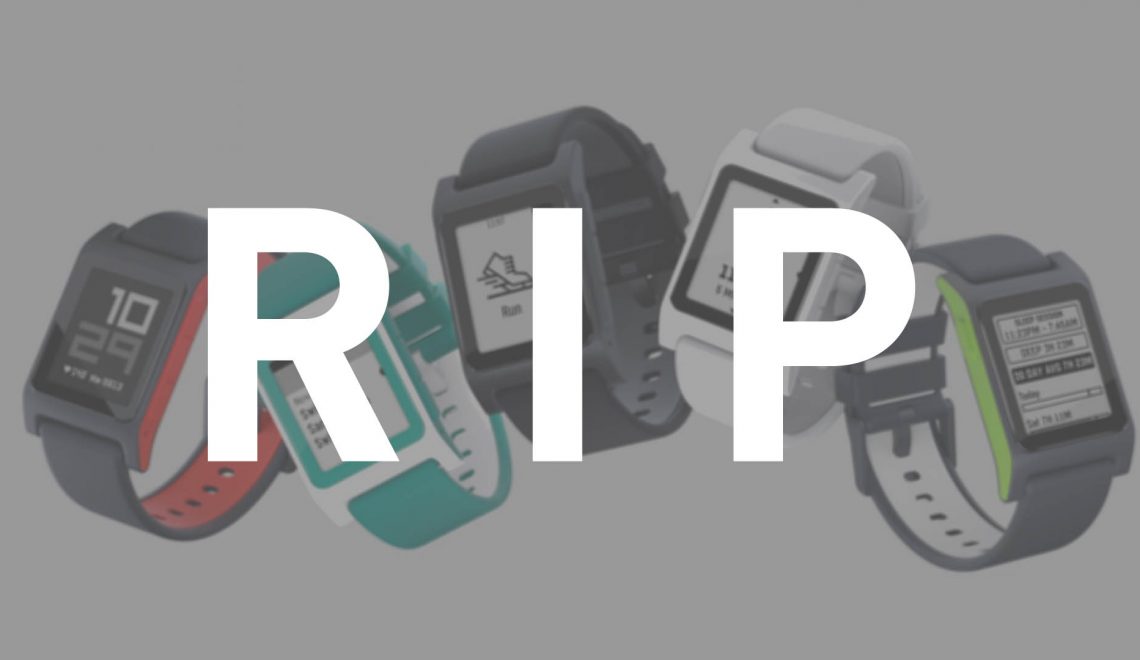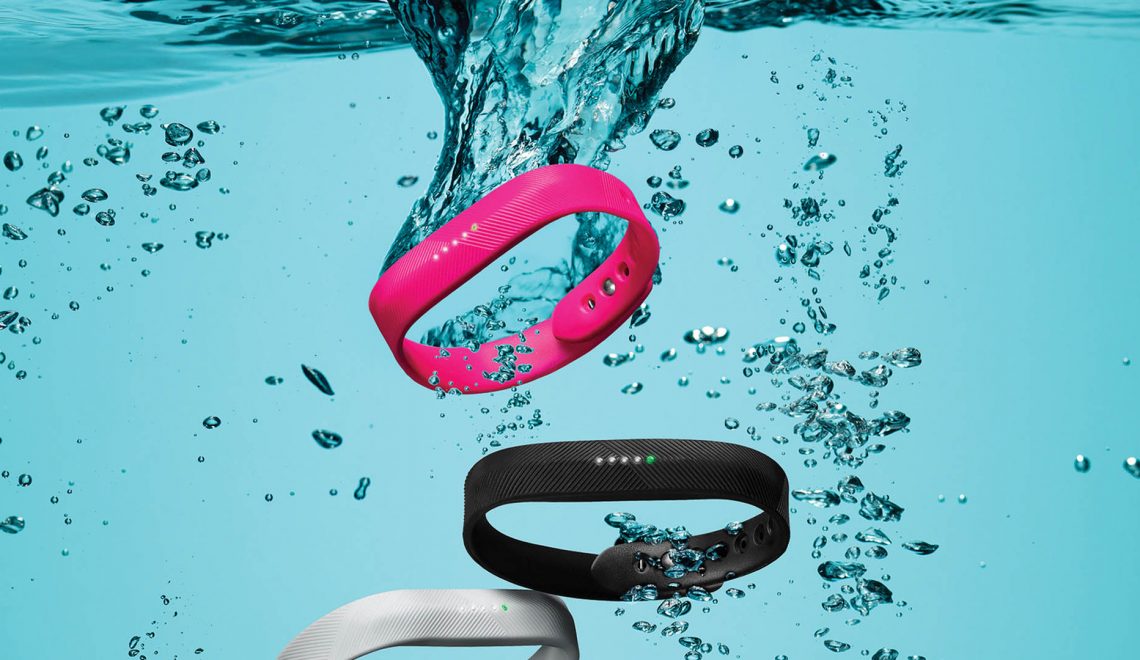UNICEF has released a kids fitness tracker that converts a child’s activity into meals for malnourished children – making those origami-esque Halloween collection boxes seem positively old school. The idea is simple but fantastic as it addresses an epidemic of poor physical health in this country and helps save the lives of starving children around the world. UNICEF’s Kid Power wearable works by encouraging your little one to earn points by completing missions and staying active. One point is equivalent to 2,400 steps which means that, based on the National Institutes Of Health’s recommended amount of activity, a kid should earn 5 points a day. Points gained through daily activity equal one Therapeutic Food packet (RUTF) for every 25 points and points gained through a mission equal one RUTF packet for every 10 points.
The UNICEF Kid Power fitness tracker connects to a dedicated iOS or Android app via Bluetooth. The app tracks your kid’s activity, provides the interface for Missions, and converts the recorded activity into points. The app also allows a child to track the impact they have made and connect with friends and family. Parents should note though that the app is unfortunately freemium; only one Mission ships with it. Additional Missions are only available via in-app purchases and each one costs $3.99 (which could add up quickly). Hardware wise, the Kid Power band has a black and white OLED touch screen and a TPU band available in blue, orange, black, and white (the latter two are Star Wars themed). The battery should last approximately 1 week between charges. It is available exclusively through Target for $39.99.
We love that the Kid Power wearable addresses two major issues simultaneously. A $40 investment to help keep your kid fit is a no brainer, especially if it has a global impact! If your little one is ready to be wearing a watch anyways, there seems to be little downside in choosing the Kid Power fitness tracker. The real challenge though is to keep your child wearing it. Wearable tech in general has a fairly high desertion rate and we suspect that is especially true with children. We think the device could have been made a bit more compelling by including functionality to interact through the device with your friends who also wear one. Finally, we are surprised that the wearable is not waterproof; this seems like something that should have been on the short list of features (I don’t think a lot of 7 year olds are going to pause to take off the band before jumping in a pool).



